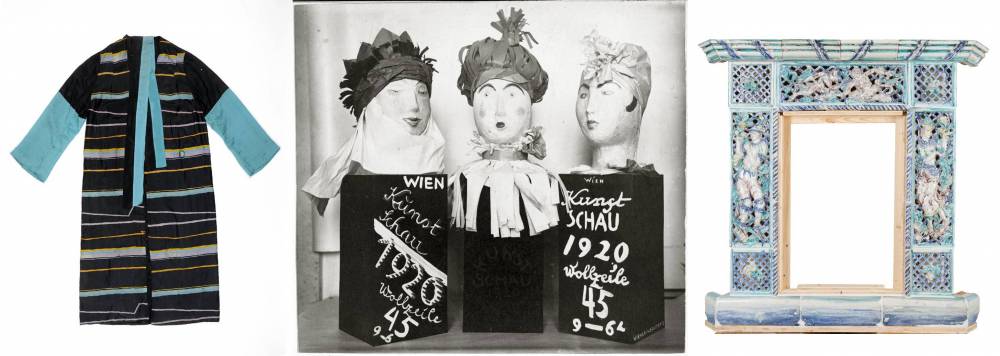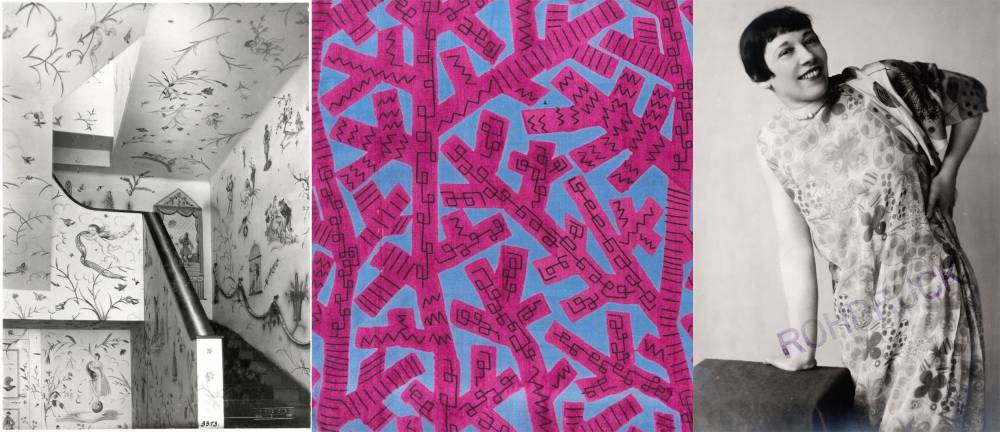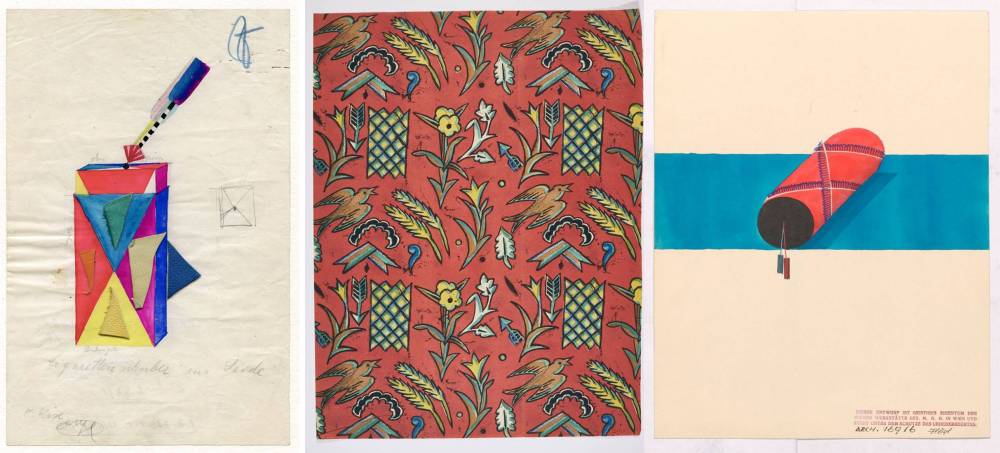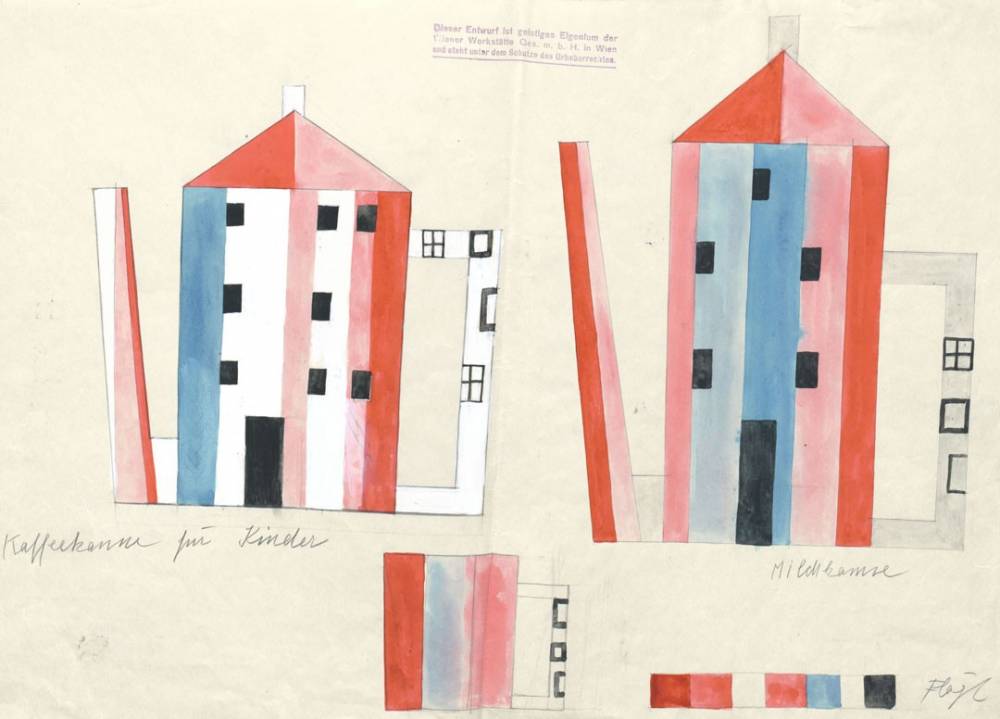The forgotten Women Artists of the Wiener Werkstätte
Next to the well-known male founders of Wiener Werkstätte, Koloman Moser, Josef Hoffmann and Fritz Waerndorfer, they were often unjustly ignored, barely talked about and straight-up forgotten: The Women Artists of the Wiener Werkstätte. Especially in between the interwar years, artisans like Mathilde Flögl, Maria Likarz, Felice Rix, or Vally Wieselthier defined the look of the world-renowned Wiener Werkstätte with fantastic fabric patterns and expressive ceramics.
The Wiener Werkstätte (Engl.: Vienna Workshop) was established in 1903 by the graphic designer and painter Koloman Moser, the architect Josef Hoffmann and the Viennese industrialist Fritz Waerndorfer as a productive cooperative for artisans in Vienna. Their vision was to bring artists, architects and designers working in ceramics, fashion, silver, furniture and graphic arts, together, with the objective to introduce artistic and aesthetic high-quality objects to everyday life.

The MAK – Museum of Applied Arts, Vienna – holds its archive, which consists of 16,000 design drawings, 20,000 fabric samples, posters, postcard designs, model books, photo albums, and business documents of Wiener Werkstätte, which accumulated between its founding in 1903 and it’s liquidation due to financial troubles in 1932.

Although highly recognized at the time, over the years, the women artisans of Wiener Werkstätte, like Gudrun Baudisch, Susi Singer and Hilda Jesser, were mostly forgotten. Now, the MAK has finally revealed the findings of their research project, which was postponed for a year because of Corona: 180 women artists who contributed in the Wiener Werkstätte’s oeuvre were identified, and half of these are presented in this brand new exhibition.

They designed fabrics, fashion, home accessories, toys and commercial art, they took over the field of ceramics, and they developed murals for interiors in flats, restaurants, or exhibition spaces. The women of Wiener Werkstätte played an important part in the development of the Viennese Arts and Crafts, and are a unique influence on the iconic position of the Wiener Werkstätte between Art Nouveau and Bauhaus.

The women’s artwork will be exhibited at MAK from May 5th until October 3rd, 2021. On May 25th, curator Anne-Katrin Rossberg will talk with collector Ernst Ploil and guest curator Elisabeth Schmuttermeier about the women artists of the Wiener Werkstätte, their passion for collecting and about curatorial intentions for the upcoming exhibition in an online Zoom-Talk. Their research findings are also documented in a comprehensive book, where the professional image of women artisans is analyzed, including its emancipatory potential and backed by contributions of international female experts.

Fotocredits: MAK – Museum of Applied Arts